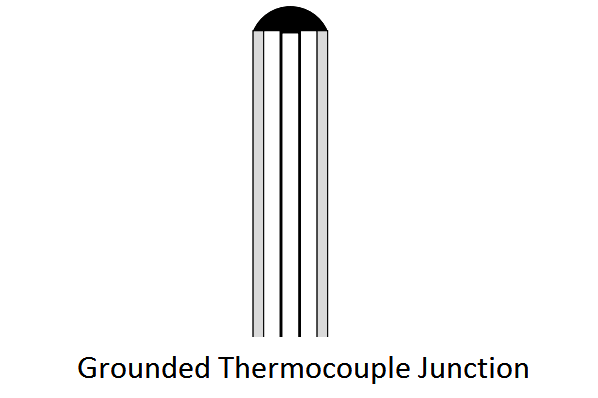There are four types of thermocouple measuring junction constructions :
The grounded thermocouple junction is an integral part of the thermocouple sheath tip.

Advantages:
Disadvantages:
The ungrounded thermocouple junction is electrically insulated and electrically isolated from the outer sheath material. In a dual ungrounded thermocouple, one common junction is electrically insulated from the outside sheath.
Advantages:
Disadvantages:
The exposed thermocouple junction extends beyond the protective metallic sheath.
Advantages:
Disadvantages:
Isolated thermocouple junctions are used in a dual or triple thermocouple when the junctions are isolated from the outer sheath material as well as from each other.
Advantages:
Disadvantages:
Reference : gilsoneng.com
Lube oil consoles of rotary equipment packages in industrial process plants are usually equipped with…
Rotating equipment packages such as pumps, compressors, turbines need the lube oil consoles for their…
This article explains how to blink lights in ladder logic with a detailed explanation video…
In this article, a simple example will teach you the conversion from Boolean algebra to…
In this article, you will learn the PLC cooking timer example for kitchen automation using…
Learn an example PLC program to control a pump based on level sensors using ladder…